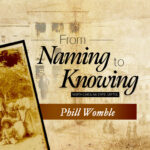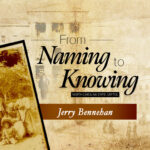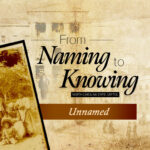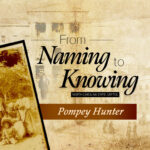The North Carolina State Capitol is “The People’s House,” but historically the interpretation was not inclusive of all of the state’s people. Following the relocation of the NC General Assembly in the 1960s and a major restoration of the building to its mid-19th century appearance in the 1970s, the Capitol’s historic interpretation centered architecture and an antebellum and Civil War narrative without mention of slavery or the enslaved African Americans involved in the building’s construction. Over the past fifteen years or so, the interpretation evolved to include enslaved people, but few specifics were known. In December of 2019, our primary team began working extensively on this project – to name, research, and document the enslaved men and women who were connected to the Capitol’s construction and maintenance.
As of March 2024, we have identified 140 enslaved men who constructed and maintained the Capitol. To see their names, visit our homepage.
For this work, the Capitol staff utilized documents available in both the State Archives of North Carolina and the archives of the University of North Carolina. We also used publicly available databases like Ancestry.com and Newspapers.com. We looked for information in census records, runaway slave ad databases, property deeds, wills and probate records, marriage records, and the records of the Freedmen’s Bureau. For more information on publicly available digital repositories, visit our resources page.
Many of the website’s images come from public repositories like the State Archives of North Carolina (many of the documents presented in the “stories” are from Archives) or the Library of Congress (photographs used in the history essays are primarily from LOC). However, very few images exist of the enslaved men who worked at the Capitol, and project team members struggled with visually representing this group or individuals. Because of this, the man presented in the primary logo on the website’s homepage is an AI-generated composite of what a man working at the Capitol might have looked like. If you have questions about the images used on the website, please contact us.
This list from the State Library of North Carolina contains various suggestions on how to get started researching the stories of enslaved people. The list also contains a bibliography of books that can help you get started in this work.
For more information about the NC State Capitol, visit our website here.
We see this project as evergreen, and we anticipate making changes to this website as new information about these individuals is uncovered. This work has already started to inform our interpretation and programming at the Capitol. One of our goals is to use this website to connect to different communities and stakeholders – including descendants, researchers, teachers & students, genealogists and others.
We would love to hear about your connection to this project! You can contact us or email [email protected] or [email protected].
We appreciate any and all feedback about our work. If you think that something presented on the website is flawed or incorrect, please let us know. You can contact us or email [email protected] or [email protected].
Yes! We have written lesson plans about uncovering slavery in the Capitol for fourth graders and high schoolers. These plans adhere to state curriculum standards. We also offer lessons on this content – teachers can sign up with us to have a live, interpreter-led virtual program. For more information, email [email protected].
Visitors are welcome to take self-guided tours of the North Carolina State Capitol Monday-Friday, 9 a.m. – 5 p.m., and Saturdays from 10 am – 5 pm. Free public guided tours are available on Saturdays at 11 am and 2 pm. Entry and tours are FREE. Please feel free to contact us with questions.



